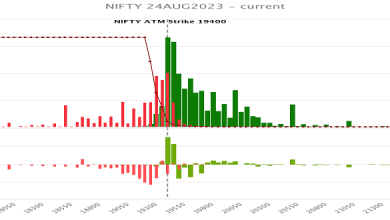Developing a future orientation

Introduction
In Part 1 of this text we have been analysing the situation that any organisation currently faces and identifying current issues that may have an impact on the company’s operations. However in order to make plans that are of a long-term nature an organisation has to develop a view of the future in which it will have to compete. One of the major mistakes that an organisation can make is to base decisions on the logic that explained yesterday’s market. To quote L. P. Hartley (1953) ‘The past is a foreign country: they do things differently there
Trend extrapolation
This technique purely takes a historical trend overtime and extrapolates where the trend line will be if extended into the future. The general assumption is that whatever happened in the past will continue in the future. In some areas this may be an entirely suitable way to establish what the situation will be in the future. For instance demographic trends are slow moving and therefore more predictable. However trend lines can mislead planners if they fail to understand the underlying nature of a market
Modelling
Modelling techniques have a generally more sophisticated approach to forecasting than trend extrapolation. This technique tries to identify the key variables in a situation and to model how they interact with each other. In this way the key inputs to a particular market can be modelled. Once the model is created variables such as quantity of supply or consumers’ level of disposable income can be altered to see what effect this has on the market as a whole
Intuitive forecasting
There can be some merit in an individual forecast or ‘Genius’ forecast. If an individual is an expert in a specialist area they are able to form a comprehensive overview of their area of activity. This can allow them to see potential patterns or relationships emerging that very few other individuals or groups have the perspective to contemplate.
Consensus forecasting
To overcome the limitations of individual forecasting the obvious step is to involve a group of individuals in the forecast. These individuals will develop a forecast by reaching some sort of consensus. There are different methods available to reaching this consensus, a straightforward Jury system or the Delphi technique.
Jury forecasting
According to Dalrymple (1989) and Mentzer and Cox (1984) a jury of executive opinion is one of the most popular forms of forecasting used by organisations. Effectively a group of company executives (or it could be a panel of experts external to the company) are brought together to discuss their respective views of events that may occur in the future. Visit Naa Songs to find out more information
A group forecast emerges that is the consensus view of the group. Any forecast will depend on the quality of the individuals within the group. There are several problems with a jury method. Decisions about the composition of the jury will have a major impact on the judgements the group will derive





